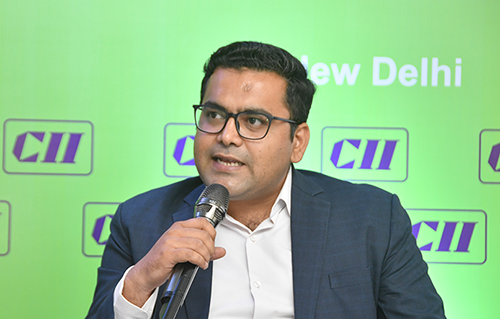Implementing a risk management plan based on different types of risk management strategies is one of the best things you can do for your organization. It protects it from any threats that could otherwise negatively affect its existence and operation. But what are risk management policies and plans, and how do you build and implement them? Here’s a step-by-step guide on how to do it.
Establish Context
Every organization needs a risk management plan—but for different reasons and purposes. Consider the goals and objectives of your firm and the environment it operates within. Identify stakeholders, players, and competitors, and how different internal and external factors could affect your company.
Next, learn about the basics of risk management. You must know the answers to questions like, “What are risk management policies?” and “How often should a risk management plan be updated?”
Identify Risks
Identify existing and potential risks that could cause any disruption to your organization, whether major or minor. These can include anything from management problems, personnel issues, process inefficiencies, technological malfunctions, and even bad weather. At the same time, determine what policies and strategies are already in place to minimize these threats.
Analyze and Evaluate Risks
Assess the risks that you’ve identified, estimating the likelihood of their occurrence and their potential consequences. This information can help you prioritize risks and figure out which ones you need to be more prepared for or which would require stronger defenses to mitigate.
In analyzing and evaluating risks, you must also consider your organization’s existing and anticipated areas of practice, and how you can design these to make your firm more risk-averse.
Treat and Manage Risks
Develop strategies to treat and manage the risks based on your priority list. Some threats are preventable, so it’s best to get those out of the way early on. Some risks can be solved by simply installing some programs or hiring experts, and it’s a good investment to make those choices if it means long-term security.
For other areas, particularly those considered high-risk, you may have to come up with action plans based on your assessments. These risk management plans can include reconsidering areas of practice and development, retraining staff, and reviewing objectives.
Assign Responsibilities
With proper risk assessment and management, you’ll be able to predict what may happen during a problem or disaster. Determine roles and assign responsibility for each solution. Having clear directions and point persons is a simple yet powerful way to ensure a fast recovery.
Make sure that you also communicate and consult your plans with all parts of the firm, including outside parties like your consumers, to fully avoid risks and keep everyone informed and accountable.
Develop Contingency Plans
Even with proper risk management, things may still not go to plan. So, you must have contingency plans set up in case of risks that you can’t avoid completely.
Record Plans
Once your risk management planning is complete, record all policies and procedures including documentation of your process, particularly the major risks identified and the measures designed to address them. Failure to document your risk management plans and policies can result in breaches in performance, miscommunication between teams and stakeholders, and serious negative impacts on your organization.
A risk management plan serves as a reference and framework to check that operations are carried out in the manner intended and designed by the firm.
Monitor and Review
In this dynamic world, new risks pop up every day, so it’s crucial that you’re constantly alert and can identify potential problems before they escalate. Continuously monitoring for risks and changes in your organization and its environment will help you determine possible threats, find risks that may no longer exist, or change the priority of risks as needed.
You must be ready to review your existing plans and policies and make revisions to your strategies to ensure that they stay relevant and effective.
In Conclusion
A good risk management plan is built on proper planning and strategizing and is fortified with proper communication and consultation and constant monitoring and reviewing. To improve your risk management plans, check out TradeReady’s guide on successful risk management strategies!






disqus comments